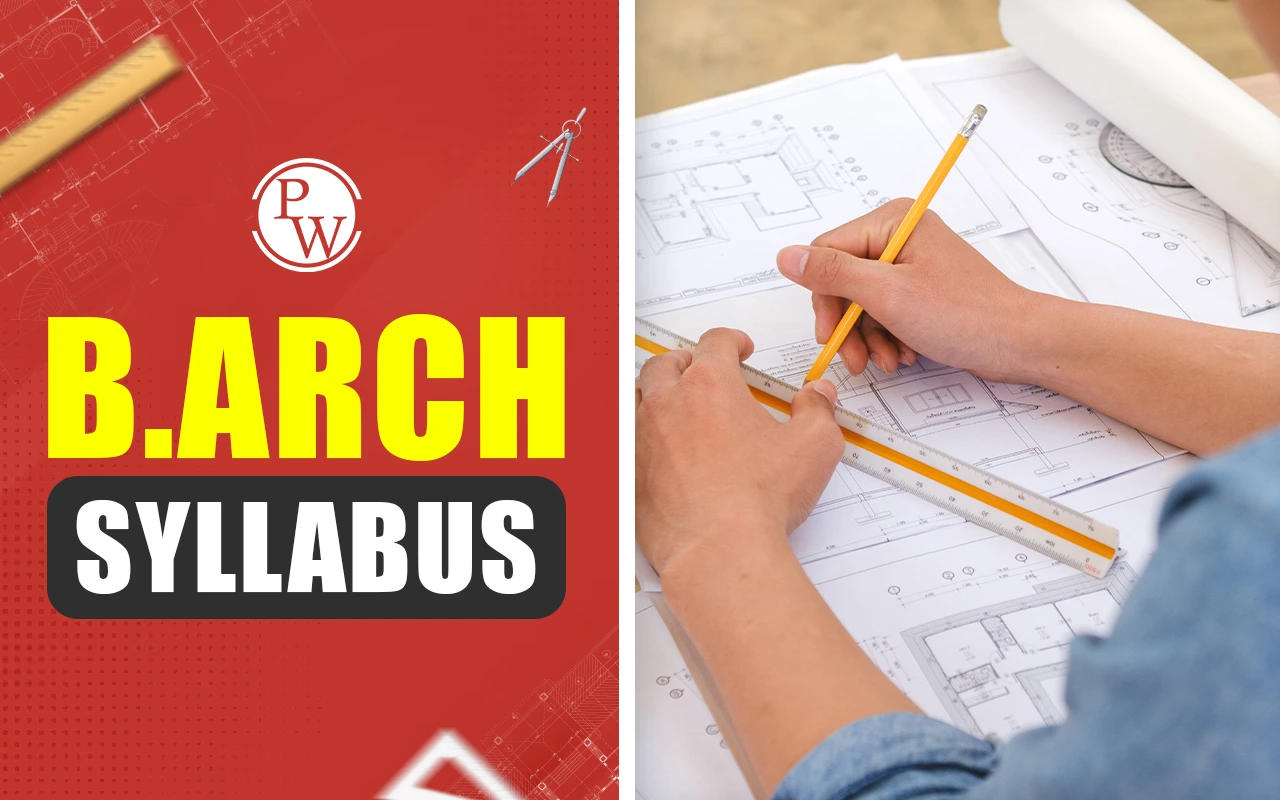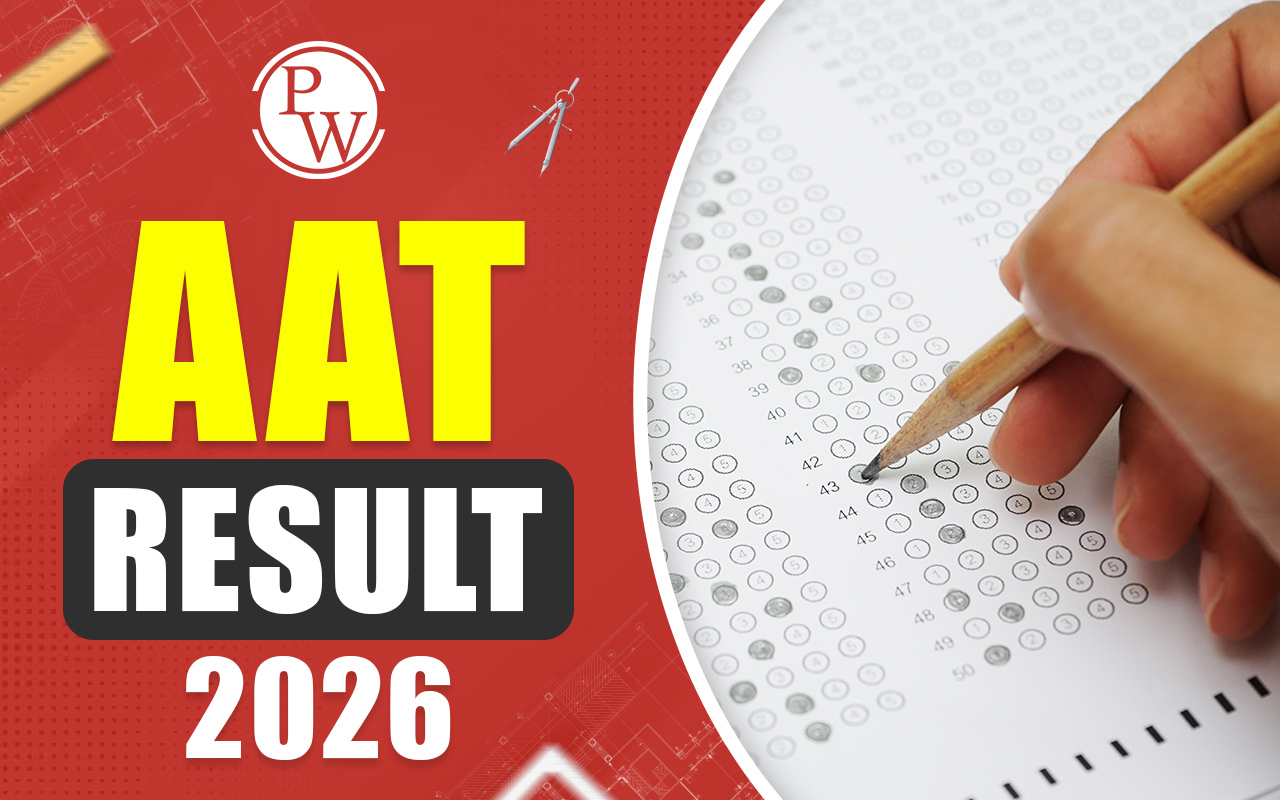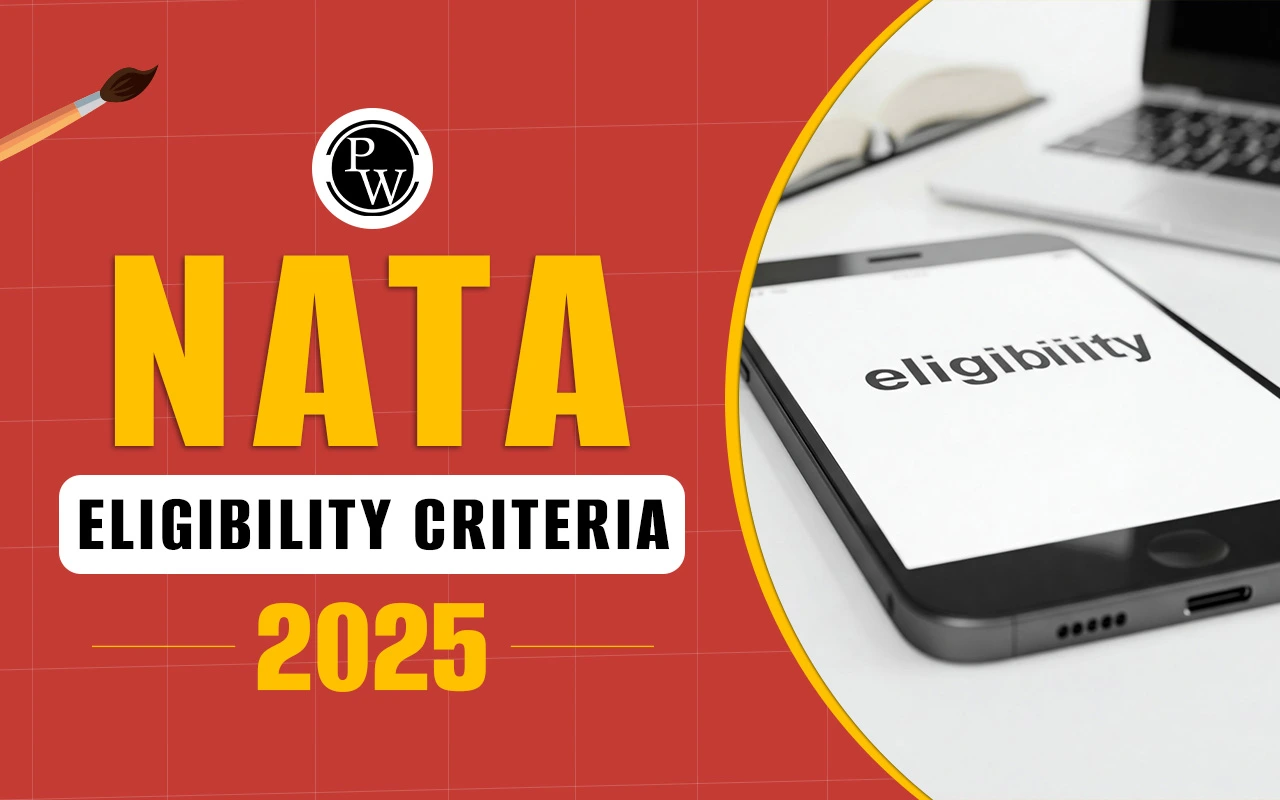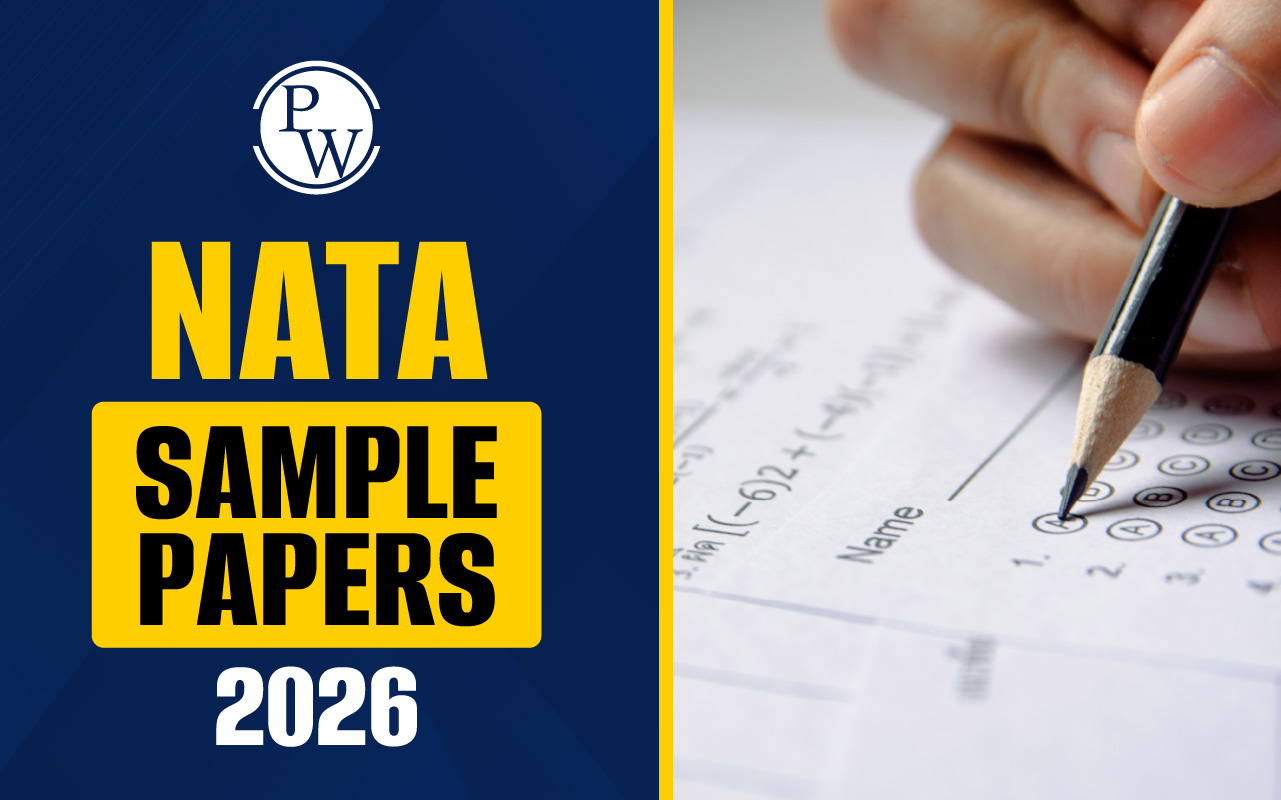

IIT BHU BArch Admission involves a merit-based selection process. The B.Arch programme is recognised by the Council of Architecture (COA). It combines practical design projects with theoretical studies. Candidates should meet the eligibility criteria and follow official notifications closely to ensure smooth participation in the process. Here, candidates can learn about the IIT BHU BArch admission procedure, course syllabus, expected cutoffs, fees, and placement details.
IIT BHU BArch Admission Overview
BArch at IIT BHU is a five-year course that develops architectural knowledge within students through studio work, construction understanding, and professional training. Familiarity with the admission process, eligibility criteria, and departmental structure helps aspirants plan effectively for the admission process. Here, candidates can find useful insights about BArch admission
|
IIT BHU BArch Admission Overview Table |
|
|---|---|
|
Component |
Details |
|
Programme |
Bachelor of Architecture (B.Arch), 5 years |
|
Admission Mode |
Based on JEE Advanced and AAT scores |
|
Eligibility |
10+2 with minimum 75% marks and Mathematics as a subject |
|
Seat Intake |
Around 26 seats per year, on the basis of JoSAA seat matrix |
|
Department |
Architecture, Planning & Design, IIT (BHU) |
Note: Seat numbers and eligibility may change as per institute regulations. Candidates should check the official IIT BHU website before applying for admission in BArch programme.
IIT BHU BArch Admission Notification
The admission notification provides students with essential instructions about registration, exam schedules, and counselling. It informs aspirants about the documentation process, registration steps, and procedures for seat allocation. Staying updated with notifications ensures candidates do not miss deadlines and complete all formalities accurately.
This notification acts as a guide for planning preparation and understanding the structure of the admission process. Candidates should review it carefully to make informed decisions. Candidates are recommended to visit the official web portal of IIT BHU to learn about the declaration of admission notification.
IIT BHU Architecture Exam for Admission
IIT BHU Architecture Exam comprises JEE Advanced and the AAT. The AAT Exam evaluates drawing skills, creative thinking, and spatial awareness. Performance in both stages determines admission eligibility. Students are advised to practice drawing and design tasks to improve accuracy and efficiency in the entrance examinations.
Preparing for the exam requires understanding design principles, architecture basics, and effective time management. This ensures aspirants are ready to demonstrate skills expected by IIT BHU.
IIT BHU BArch Cutoff
IIT BHU BArch cutoff shows the rank range required for admission in different rounds. These cutoffs help aspirants estimate the rank they must achieve in JEE Advanced to qualify for AAT and further counselling. Understanding trends assists in setting preparation targets.
The table below shows approximate opening and closing ranks for different rounds of admission.
|
IIT BHU BArch Cutoff Ranks (Indicative) |
||
|---|---|---|
|
Round |
Opening Rank |
Closing Rank |
|
Round 1 |
19,500 |
19,884 |
|
Round 2 |
19,885 |
21,448 |
|
Round 3 |
19,885 |
21,448 |
|
Round 4 |
19,885 |
21,448 |
|
Round 5 |
20,507 |
22,390 |
Note: These ranks are indicative in nature and may vary depending on seat availability and competition. Also, the cutoff ranks in round 3 and round 4 were similar in previous year. Candidates are recommended to check the JoSAA portal to learn about the latest cutoff ranks for IIT BHU BArch admissions.
IIT BHU Architecture Fees
The IIT BHU Architecture Fees include one-time payments required at admission. Charges cover student welfare, placement fees, identity card issuance, and orientation overhead. Knowing the fee structure helps students plan finances and ensures readiness to complete the admission process.
The table below summarises the main fee components for the reference of interested students:
|
IIT BHU Architecture Fees Structure |
||||
|---|---|---|---|---|
|
Particulars |
GEN/OBC/EWS (>5 Lakh) |
SC/ST/All PD |
GEN/OBC/EWS (<5 &>1 Lakh) |
GEN/OBC/EWS (<1 Lakh) |
|
One-Time Payment (Non-Refundable) |
||||
|
Admission Fee |
200 |
200 |
200 |
200 |
|
Identity Card |
300 |
300 |
300 |
300 |
|
Student Welfare Fund |
1,000 |
1,000 |
1,000 |
1,000 |
|
Placement Fee |
1,500 |
1,500 |
1,500 |
1,500 |
|
Publication |
250 |
250 |
250 |
250 |
|
Institute Day/Convocation |
500 |
500 |
500 |
500 |
|
Orientation Overhead |
2,000 |
2,000 |
2,000 |
2,000 |
|
Thesis |
500 |
500 |
500 |
500 |
|
Total |
6,250 |
6,250 |
6,250 |
6,250 |
|
Refundable Deposits |
||||
|
Institute Caution Money |
4,000 |
4,000 |
4,000 |
4,000 |
|
Library Caution Money |
3,000 |
3,000 |
3,000 |
3,000 |
|
Hostel Caution Money |
2,000 |
2,000 |
2,000 |
2,000 |
|
Total Deposits |
9,000 |
9,000 |
9,000 |
9,000 |
|
Semester Fee (Non-Refundable) |
||||
|
Tuition Fee |
1,00,000 |
Exempted |
33,333 |
33,333 |
|
Examination |
500 |
500 |
500 |
500 |
|
Registration / Enrolment |
200 |
200 |
200 |
200 |
|
Gymkhana Fee |
1,000 |
1,000 |
1,000 |
1,000 |
|
Festival Fee |
150 |
150 |
150 |
150 |
|
Medical Fee |
300 |
300 |
300 |
300 |
|
Students Amenities |
250 |
250 |
250 |
250 |
|
Hostel Seat Rent |
300 |
Exempted |
300 |
300 |
|
Fan/Electric/Water Charges |
1,200 |
1,200 |
1,200 |
1,200 |
|
Hostel Development Fund |
2,250 |
2,250 |
2,250 |
2,250 |
|
Campus Services & Utility |
200 |
200 |
200 |
200 |
|
Total Semester Fee |
1,06,350 |
6,350 |
39,683 |
39,683 |
|
Odd Semester Payment: Medical Insurance Fee |
500 |
500 |
500 |
500 |
|
Total Payable at Admission (A+B+C+D) |
1,22,100 |
22,100 |
55,433 |
21,800 |
Note: It must be noted that tuition, semester, and hostel fees are additional. Candidates should confirm the latest structure on the official IIT BHU website. Further, the following points must be kept in mind:
-
SC/ST/All PD students are exempt from Tuition Fee and Hostel Seat Rent.
-
SAARC Countries: US $1,000 + INR 1,21,600 (includes Medical Insurance Fee).
-
Other Countries: US $2,000 + INR 1,21,600.
-
Mess Advance: Rs. 16,500 per semester.
IIT BHU Architecture Syllabus
The syllabus for Architecture studies in IIT BHU combines design studios, technical knowledge, and professional practice. Architecture students study architecture, construction technology, structural systems, and urban planning in five years. The structured curriculum at IIT BHU helps students progress gradually from basic design concepts to advanced projects.
The table below covers the common subjects and focus areas for each year of the programme:
|
IIT BHU Architecture Syllabus Details |
|
|---|---|
|
Year / Semester |
Core Subjects and Focus Areas |
|
Year 1 |
Basics of design, architectural graphics, structures, materials |
|
Year 2 |
Design studio, construction techniques, environmental systems |
|
Year 3 |
Advanced design studio, site planning, building services, structures |
|
Year 4 |
Urban design, professional electives, integrated projects |
|
Year 5 |
Thesis project, practical training, professional practice |
Note: The syllabus may be revised annually. Students should check the official course document for detailed semester-wise subject details and syllabus.
IIT BHU Architecture Placement
Graduates of the B.Arch programme at IIT BHU have consistently secured excellent career opportunities through campus placements. In the recent batch, 13 out of 15 students were successfully placed. It reflects a strong placement rate of 87%. Students received competitive salary packages, with an average of ₹18 to 19 LPA, while the highest package offered was ₹46 LPA.
Recruiters included reputed companies such as Walmart, Citibank, Jarvis (Business Analyst), Meesho, and Loham. Here are the quick placement details of BArch students at IIT BHU:
|
IIT BHU Architecture Placement Details (Indicative) |
|
|---|---|
|
Placement Details |
Data |
|
Batch Strength |
15 students |
|
Placement Rate |
87% (13 out of 15 placed) |
|
Average Package |
₹18 to 19 LPA |
|
Highest Package |
₹46 LPA (Meesho, SDE role) |
|
Lowest Package |
₹12 LPA |
|
Top Recruiters |
Walmart, Citi Bank, Jarvis, Meesho, Loham |
Note: Placement outcomes may vary each year depending on industry trends and student performance. Candidates are advised to consult the official IIT BHU placement brochure for updated information.
| Other Related Links | |
| AAT Exam 2026 | How to prepare AAT Exams? |
IIT BHU BArch Admission FAQs
What is the eligibility for IIT BHU BArch Admission?
Which exams are required for IIT BHU BArch Admission?
What is the typical IIT BHU BArch cutoff?
What is the fee structure for IIT BHU BArch?
What are the placement trends for IIT BHU Architecture graduates?













